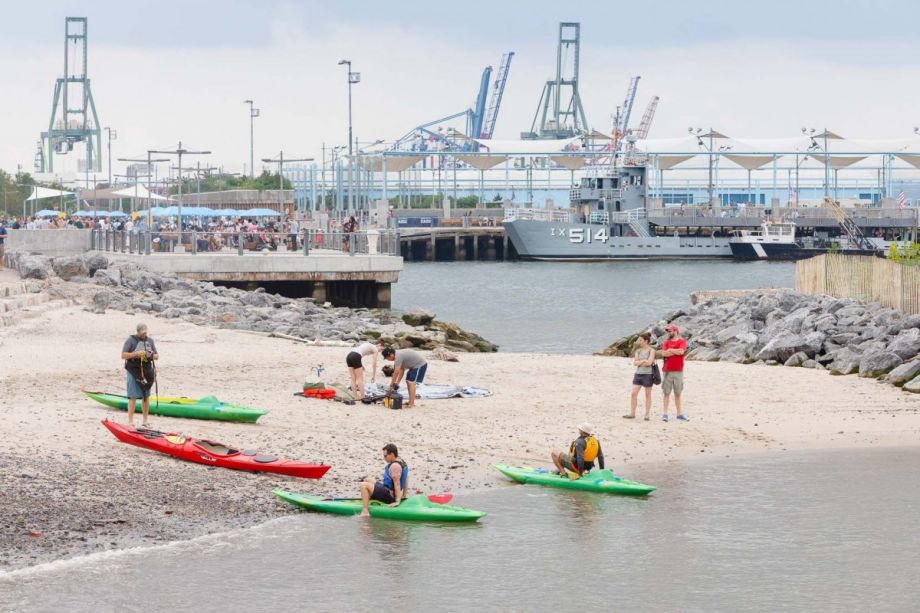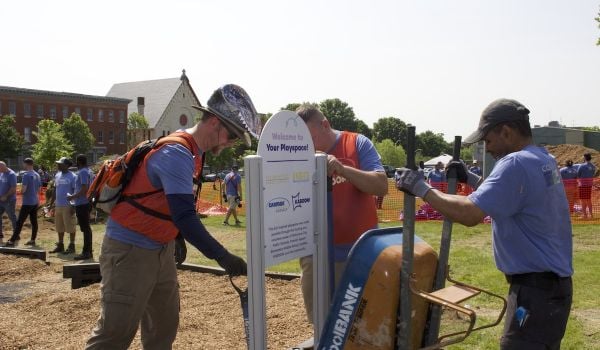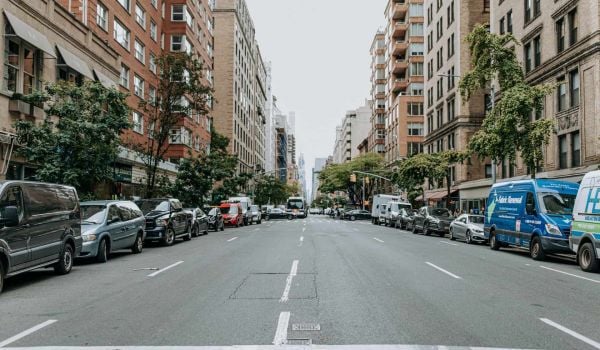Parks are among our most valuable urban assets — from economic development in neighborhoods to payoffs for every citizen. According to the City Parks Alliance, the health savings from parks in the largest 85 U.S. cities is $3 billion-plus, and in just Washington, D.C., the value of residential properties within 500 feet of a park is almost $24 billion, with $1.2 billion of that figure credited to parks. Such resonating returns, of course, require smart investing — and smart investing requires entrepreneurial ideas.
Those ideas were there for the mining last month at City Parks Alliance’s Greater & Greener Conference in San Francisco. At a session called “Earning Income With the Entrepreneurial Park,” moderated by Jesse Brackenbury, executive director of Rose Kennedy Greenway Conservancy, panelists presented inspiration about sustainable funding, public-private partnerships and more.
Community Engagement Is Priceless
In any search for viable funding for public parks, community plays a big support role. Ask neighbors what features they want and will use — and, essentially, you end up with a list of things they think are worth spending money on (not to mention a popular, well-loved public space).
A bike lane project in Memphis, Tennessee, is a perfect example. Erin Barnes, co-founder and executive director of neighborhood crowdfunding platform Ioby, said that when developing the lanes to connect Memphis and Overton Park, roughly 700 local community members donated an average of $50 each for the project’s park improvements — because there was a high level of community support and involvement. Barnes said the impact had a ripple affect.
“People felt more connected to their neighbors,” she said. “And this often builds long-term stewardship of parks.”
Pool Private and Public Funds
Chicago’s Millennium Park is the third most-visited park in the country — and a notable urban investment. While its $470 million price tag was high, property values adjacent to Millennium have increased and at least seven new hotels have been built with easy access to the park.
Edward Uhlir, executive director of the Millennium Park Foundation, said the project relied on about $270 million in private donations. While all panelists acknowledged that not every city has residents with such deep pockets, many highlighted the need to pull funding together from a variety of sources.
Take Shelby Farms in Memphis. Supporters formed a conservancy that operates the 4,500-acre urban park as a nonprofit. Because portions of the park are public land, the small staff works in a public-private partnership with local county government. Therefore, funding comes from donations, grants and government resources.
Creative Programming Keeps Earning
“Absence of philanthropy or public funding shouldn’t stop you,” said panelist Elissa Hoagland Izmailyan, director at national consulting firm HR&A Advisors, of the initial revenue needed to start or enhance a new park project. In fact, she said, the more creative the approach to funding, the better. Hosting pop-up restaurants or art exhibits can not only draw the community together but also provide renewable income for park programming.
According to Uhlir, in addition to a fee-based underground parking garage, one of Millennium Park’s reliable sources of income is winter ice-skate rentals at the park’s free rink. Millennium also hosts 60 major concerts each year, regular movie nights and a summer program for families, and rents out event tents and houses a restaurant — all of which bring funds to the park. Uhlir said that the park is partially underwritten by the local electric company, as the park’s use of alternative energy actually supplies the city with some of its electricity.
Beyond charging for services, Barnes noted there’s also social capital, in-kind donations, volunteer time and advocacy. Though not every city has access to the same types of spaces or resources, Hoagland Izmailyan emphasized staying positive, focusing on opportunities, and positioning in the community for successful planning outcomes. Rethinking landscape, community, local organizations and government as potential partners ensure that parks big and small are able to succeed.
Although they can be expensive to build and maintain, parks are crucial to the vibrancy of communities. Funding large projects like Chicago’s Millennium Park is complicated — but completely possible with innovative thinking.
















